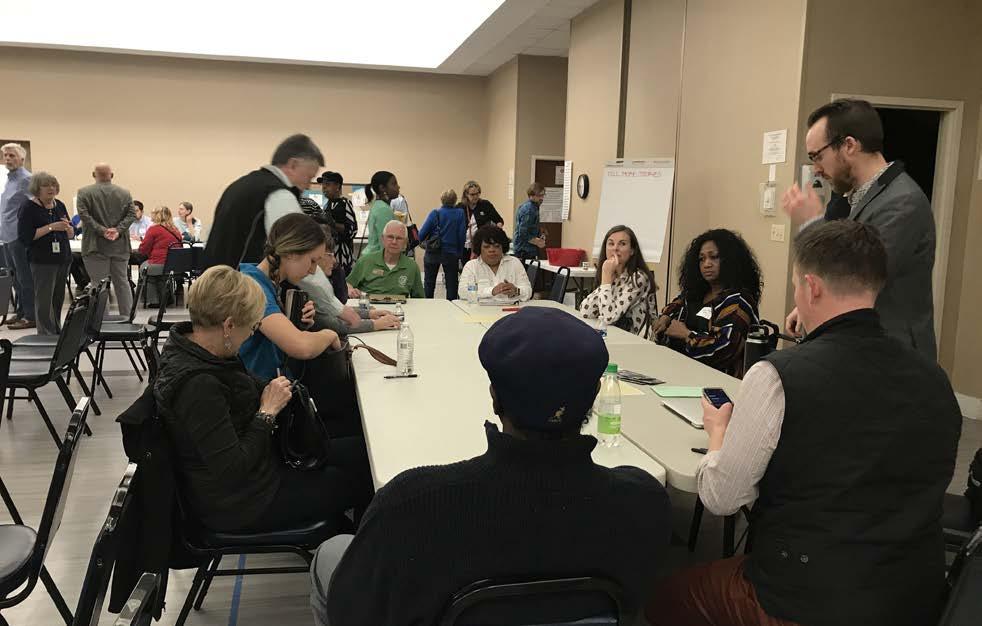
6 minute read
Coordination with Related Plans and Studies
Meck Playbook aligns with several regional, county, and municipal plans and projects, many of which are currently underway (See Figure 1.29). To coordinate ongoing regional and municipal efforts, the County convened representatives of those planning efforts for monthly meetings to ensure that each process was aware of project timelines, approaches to outreach, and outcomes or recommendations of those plans. It was through this coordination effort that Meck Playbook is able to closely support and advance regional and county-wide transportation plans including 2050 CRTPO Metropolitan Transportation Plan, 2030 Transit Corridor System Plan, and the ongoing CATS Silver Line Transit Oriented Development Plan. Meck Playbook also informs and is guided by recent and ongoing planning efforts within individual municipalities including municipal plans and codes of ordinances (land use and zoning codes) including the Charlotte 2040 Comprehensive Plan, Livable Meck-Better Together, and the All in 2040 Center City Vision Plan.
1.28 Stakeholder focus group at the Park and Recreation Commission All Advisory Council meeting
Advertisement
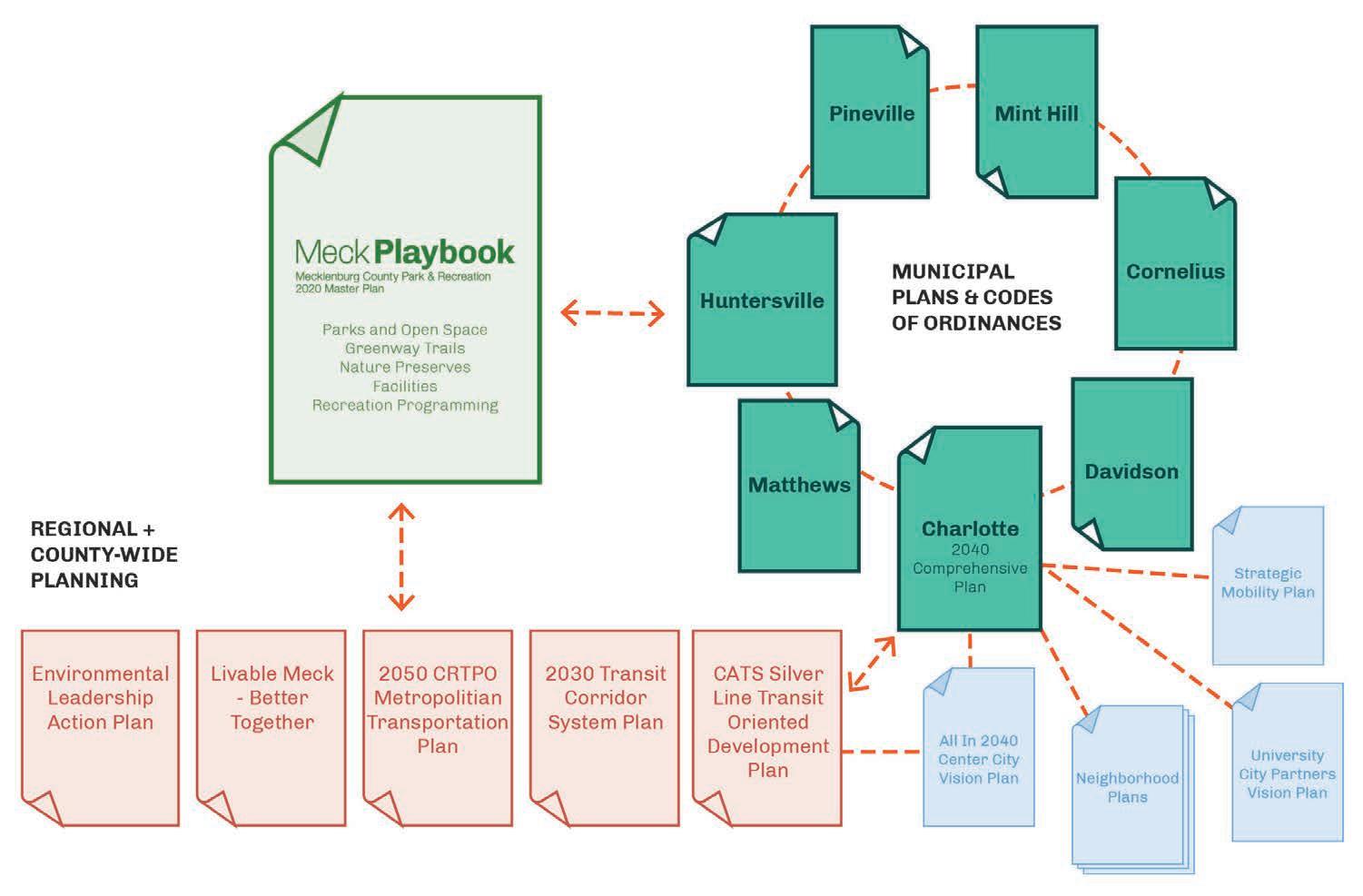
1.29 Plan coordination efforts encompass local, county-wide and regional projects.
38 Meck MeckPlaybook 2021 Master PlanPlaybook 2020 Master Plan
Meck Playbook Vision
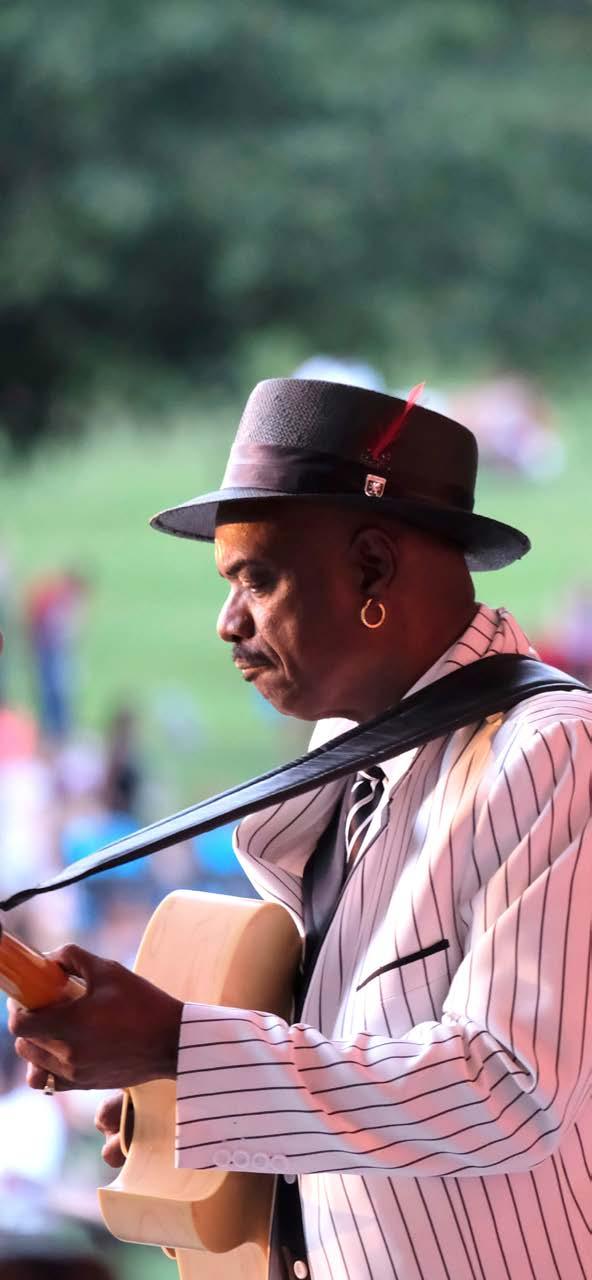
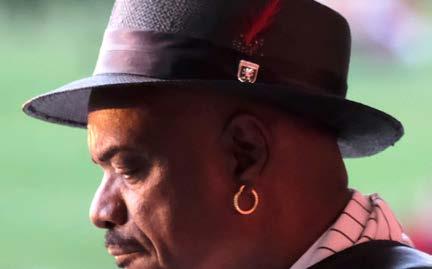
Meck Playbook Vision
Build a Bold Future
Across Mecklenburg County, nationally, and even globally, the role of public open spaces and recreation programs are expanding as issues of equity, public health, economic development, environmental change, financial sustainability, and cultural identity become paramount. The work that Mecklenburg Park & Rec does for the community and environment is central to these issues and a fundamental part of a healthy, resilient community. Recent events like the COVID-19 pandemic, more frequent and extreme weather patterns, and systemic racism have placed the status quo of our relationship to parks, facilities, and programs at a critical impasse.
In keeping with the core message of Mecklenburg County, Mecklenburg Park & Rec is positioned to protect irreplaceable environmental resources, to foster health and wellness, and to create transformative experiences. Boldness will be an important ingredient to move these aspirations forward and shepherd a more connected, resilient, and equitable future.
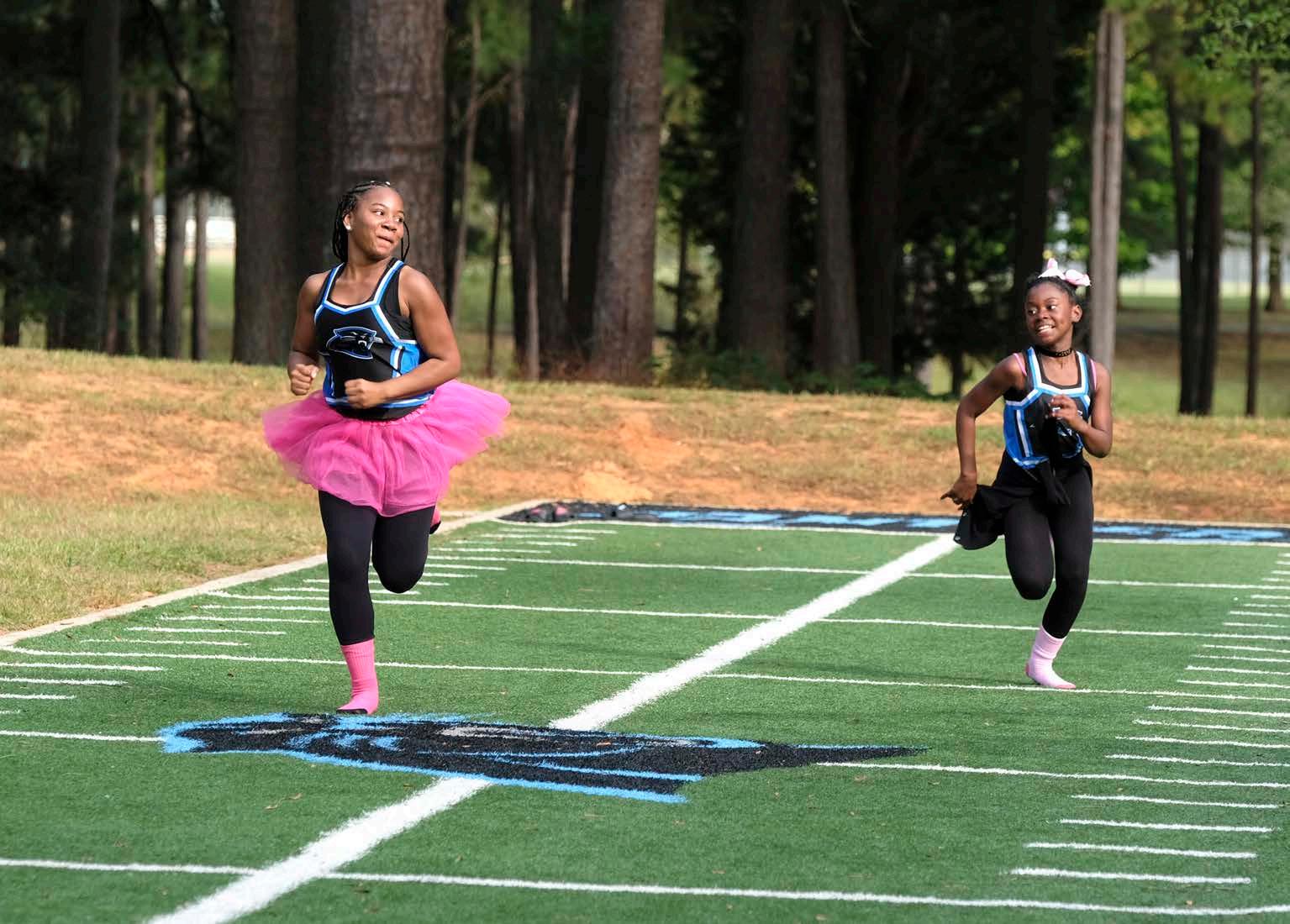
Meck Playbook

Natural places along the water for wildlife habitats and exploration Water spectacles and ways to cool off
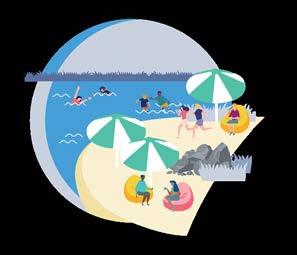
A wealth of high-quality neighborhood parks
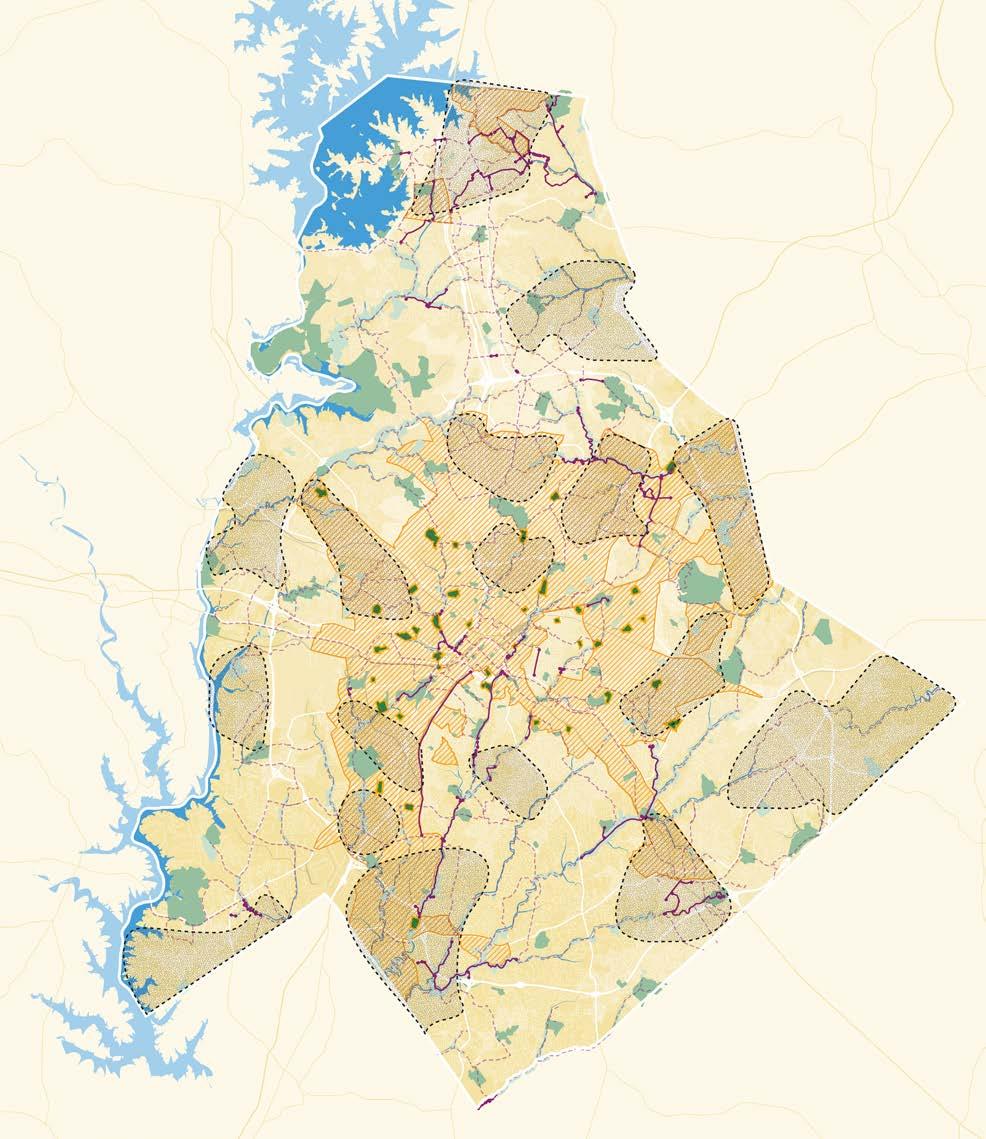
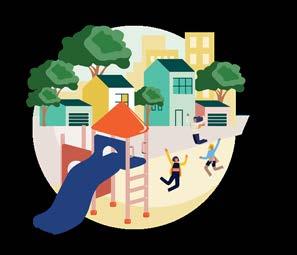
New parks in places that need them most A connected system
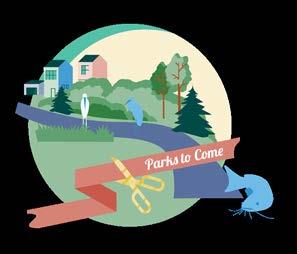
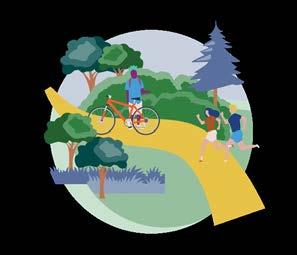
Indoor and outdoor programs and play
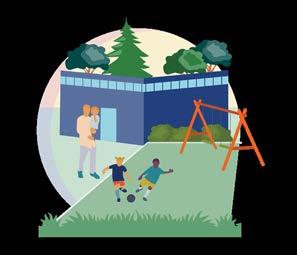
Parks in High Need Areas
Parks and Greenways
Existing Trails
Future Trails
Priority Communities
Gap Areas
Amenities close to home and safe to access

Rules of the Game
To position the County for this multifaceted role, this document organizes Mecklenburg County’s vision into four key principles: Commit to Equity, Evolve and Grow, Tell More Stories, and Move Beyond Boundaries.
These principles derive from months spent engaging with the Mecklenburg community through in-person and virtual public workshops, pop-up events, a statistically valid survey, focus group discussions, and stakeholder meetings. The principles are tied to a series of goals which will be implemented through projects, programs, and policies. Through these conversations, it is apparent that leaders, staff, and community members believe Mecklenburg Park & Rec must:
Commit to Equity
across the system to make improvements and close gaps.
Evolve and Grow
County assets to keep pace with the needs of all communities.
Tell More Stories
to increase awareness and expand impact of the Department’s efforts.
Move Beyond Boundaries
to better connect our communities to natural systems.
Commit to Equity
Mecklenburg County has invested steadily in its system, but quality remains uneven and priorities vary from one part of the County to the next. Committing to equity requires dedication to building relationships with local park users, listening to and understanding diverse needs, and using data to make informed decisions. The plan envisions four goals that will support equitable capital maintenance, reinvestment, and growth where it is needed most:
• Goal #1 Engagement - Enhance relationships with diverse audiences and communities and incorporate their perspectives into each project or plan. • Goal #2 Reinvestment - Focus reinvestment in areas that have not historically received resources and places that are wellloved.
• Goal #3 New Investment - Create the highest quality places and programs in all areas of the County. • Goal #4 Inclusion - Create access to opportunities and resources for all residents.
Evolve and Grow
As Mecklenburg County’s population steadily increases, so does the demand for open space and recreation opportunities. In order for the County to achieve its goals Mecklenburg Park & Rec’s capacity and funding need to simultaneously grow. This following goals provide strategies that encourage strategic growth while meeting community needs:
• Goal #5 Stewardship - Protect and adapt the resilience of natural areas for future generations in Mecklenburg County. • Goal #6 Programming - Adapt and expand education and recreation programs to be responsive to Mecklenburg County’s community. • Goal #7 Land Acquisition - Increase the County’s public open space in areas of need, growth, and environmental value. • Goal #8 Staffing - Build the Mecklenburg Park & Rec team to support the system’s expansive programs and land holdings. • Goal #9 Funding - Recognize and invest in parks and recreation as a valuable and necessary County service.
Tell More Stories
Mecklenburg County is rich in history, culture, and dynamic experiences. For many residents, the natural world is the setting for lifelong memories. Mecklenburg Park & Rec lives out its civic duty as stewards of both lands and stories. Tell More Stories aims to elevate the user experience of Mecklenburg County’s unique hospitality. This can occur by connecting users to interpretation of these stories, incorporating them into cultural programs, and ensuring that the Department’s brand and communications strategies boldly tell a complete picture of all that is offered. This will be welcoming to all who use the system. Four goals aim to amplify histories of the past and present, while helping the next generation write new stories:
• Goal #10 Celebration - Highlight, protect, and share the
County’s historic, arts, and cultural resources. • Goal #11 Communication - Increase awareness of programs and facilities through more effective marketing and branding. • Goal #12 Hospitality - Improve every user’s experience of
Mecklenburg Park & Rec parks, greenways, facilities, and programs. • Goal #13 Reflection - Build programs and places in which residents see and express their community’s values and perspectives.
Move Beyond Boundaries
Mecklenburg County’s greenways and trails are vital, linear public spaces that connect people across different jurisdictions. They bring ribbons of nature through urban areas, offer moments of fun, integrate with transportation networks, and inspire more active, healthy lifestyles. However, gaps exist in the network of greenway trails, particularly in east-west links in developed areas. Moving Beyond Boundaries also means expanding partnerships, creative collaborations, and coordination with other jurisdictions and mission-aligned organizations. These measures will position Mecklenburg Park & Rec as a community leader and facilitator of seamless experiences. The following goals provide strategies to make the County more efficient, successful, and cohesive:
• Goal #14 Partnerships - Optimize relationships with missionaligned organizations across the County. • Goal #15 Leadership - Position Mecklenburg Park & Rec as a facilitator and leader in community wellbeing. • Goal #16 Collaboration - Coordinate with the City of Charlotte, towns within the County, schools, and mobility partners. • Goal #17 Connections - Connect parklands, greenway corridors, and trails to other community facilities and services.










